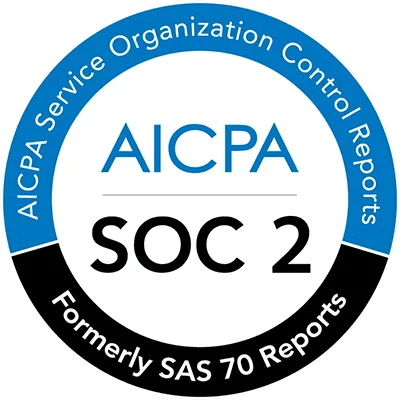Technology
From Chaos to Clarity: Transforming How We Approach Technical Complexity
When dealing with complex systems—whether they're codebases, system components, organizational structures, or abstract concepts—the challenge isn't just in understanding individual elements. The real complexity emerges from their interactions.

Adam Tilton, CEO
Modern enterprise systems are growing more complex by the day—outpacing our ability to fully understand and manage them. This article explores the roots of that complexity, why traditional approaches fall short, and how Driver offers a new way forward. You’ll learn how our platform streamlines system comprehension through AI-powered discovery, real-time updates, and integrated documentation—transforming complexity from a burden into a strategic advantage.
In a cross-functional project at a large organization, this phenomenon becomes readily apparent: as the number of entities increases, the connections between them multiply exponentially.
Human beings have natural limitations in making sense of this level of complexity. To navigate this challenge, we create abstractions—simplified models that help us reason about complex systems. In control and estimation theory, these models allow us to build algorithms that can correct for discrepancies between our simplified understanding and reality. This principle underlies technologies from cruise control to weather prediction systems, though the latter demonstrates how complexity can still overwhelm our models beyond a certain timeframe.
The Law of Conservation of Complexity
There's a fundamental principle in human-computer interaction known as Tesler's Law, or the law of conservation of complexity. It states that while we can manage and redistribute complexity, we cannot eliminate it entirely. Some systems, like human DNA, are necessarily complex because they encode vast amounts of essential information. Others, like government bureaucracies, accumulate complexity until they become difficult to reason about effectively. The key isn't eliminating complexity—it's developing better ways to process, manage, and react to it.
Measuring and Managing Complexity
In computer science, complexity is measured using Big O Notation, which describes how algorithms perform as their inputs grow. A breakthrough occurs when we can simplify an algorithm from quadratic time (O(n²)) to linear time (O(n)). The recent advances in AI, particularly the Transformer architecture that enables Large Language Models, represent exactly this kind of breakthrough.
Humans, in essence, are algorithms with their own processing limitations. When working with complex systems—whether building commercial airliners, cell phones, or industrial machines—we traditionally rely on human labor and networking. This scales non-linearly, requiring exponentially more people to reason about increasingly complex systems.
A Paradigm Shift
Our platform represents a paradigm shift in how we comprehend and explain complex technical systems. It transforms our ability to reason about complexity from a quadratic or exponential process to a linear one, significantly accelerating delivery through three key mechanisms:
Automated Discovery: The platform eliminates the traditional discovery phase by consuming existing assets and generating interactive, structured documentation. Users can immediately identify relevant content and co-author custom documentation with AI assistance.
Synchronized Updates: When underlying resources change, the platform automatically updates explanations, maintaining accuracy without requiring manual intervention. This capability is particularly powerful in maintaining documentation of evolving systems.
Comprehensive Integration: The platform brings together various information sources—codebases, documentation, system diagrams, and more—into a single, coherent workspace. This integration enables teams to work together effectively within the context of existing system components.
Real-World Impact
Consider this common scenario in enterprise software: The average enterprise manages over 200 applications, with larger organizations handling thousands. Traditional approaches to understanding these systems are costly and time-consuming. A typical software engineering team might spend three months and $500,000 just to comprehend a new codebase fully.
Driver transforms this process. In one instance, a Product Director and Engineering Director were debating the purpose of a tool that included infrastructure code, a front-end app, and several APIs. Using Driver, they quickly resolved their misunderstanding about whether the tool was for internal data entry or data governance. This clarity enabled them to make informed decisions about future development.
As technical systems continue to grow in complexity, our ability to understand and manage them becomes increasingly important. Our work at Driver represents a fundamental shift in how we approach this challenge, moving from exponential to linear complexity in system comprehension. By leveraging AI to automate discovery, maintain synchronization, and enable collaborative understanding, we are not just improving documentation—we're creating a new paradigm for technical system design and development.
Want to know how we can help your team better understand and document technical complexity? Fill out this form and we’ll be in touch.


